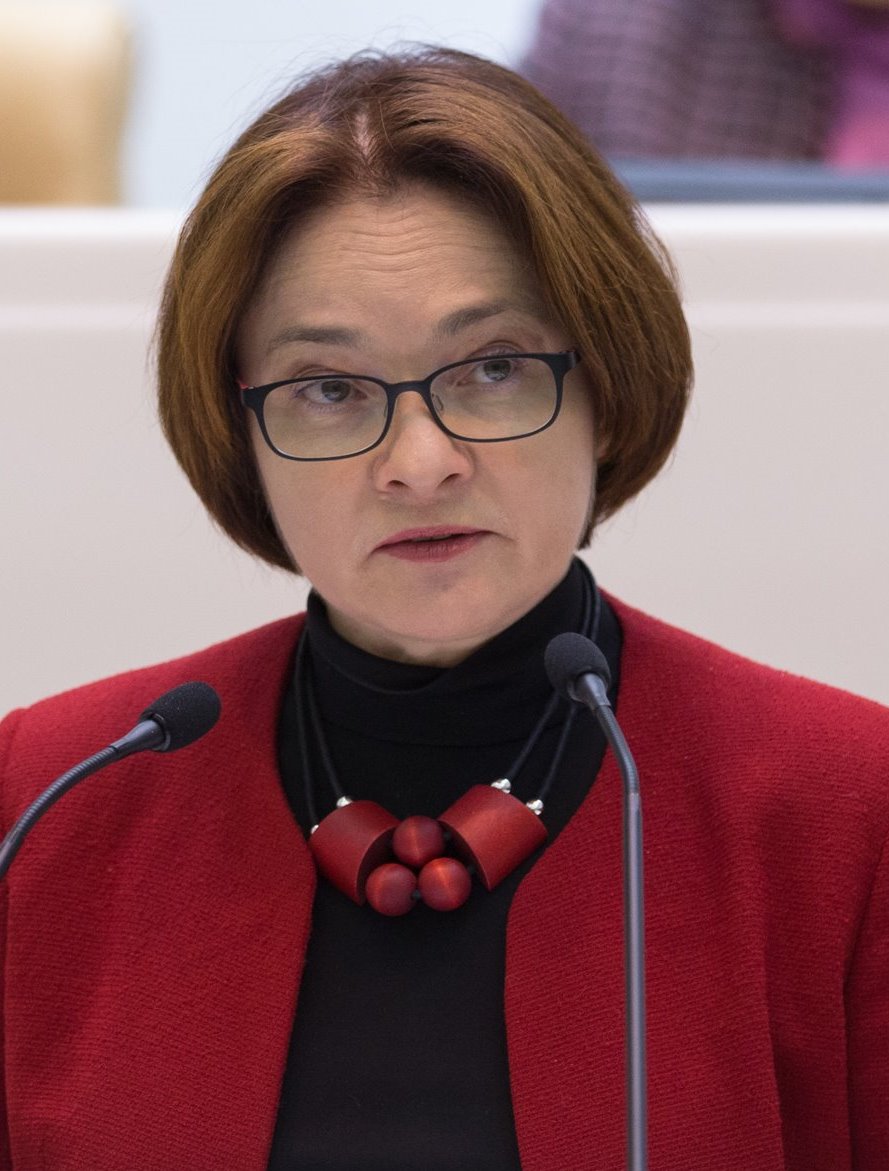Nabiullina's Strategic Rate Hike: Balancing Inflation and Economic Stability
Russian Central Bank Governor Elvira Nabiullina discussed the recent key rate hike to 21%, the highest since 2003, highlighting inflationary pressures, supply-demand imbalances, and the risks of volatile economic strategies. She addressed how these factors could influence future decisions on interest rates and economic growth.

Russian Central Bank Governor Elvira Nabiullina held a news conference after the central bank increased its key rate to 21%, marking the highest level since February 2003. Speaking in Russian, with translations by Reuters, Nabiullina explained the decision-making process and implications for the economy.
She revealed the discussions revolved around potentially raising the rate to 20% or 21%, dismissing the option to hold. The decision aims to address an imbalance between supply and demand in the economy, with future adjustments pending further economic data. The possibility of another rate hike in December remains on the table.
Highlighting the main pro-inflationary factors, Nabiullina pinpointed persistent high inflation expectations and a weakening exchange rate. However, she cautioned against shock rate increases, which could inadvertently lead to excessive economic volatility and an undesirable cooling of demand, rather than sustainable growth.
(With inputs from agencies.)
ALSO READ
Asian Markets Surge Amid U.S. Inflation and Rate Cut Speculations
Global Markets Soar: Tech-Driven Asian Surge Amid Stable Inflation
Historic Rate Cut: Swiss Bank's Bold Move to Tame Inflation
Indian Stock Markets Tumble Amid Inflation Concerns
Retail inflation slows to 5.48 per cent in November compared to 6.21 per cent in October: Govt data.










